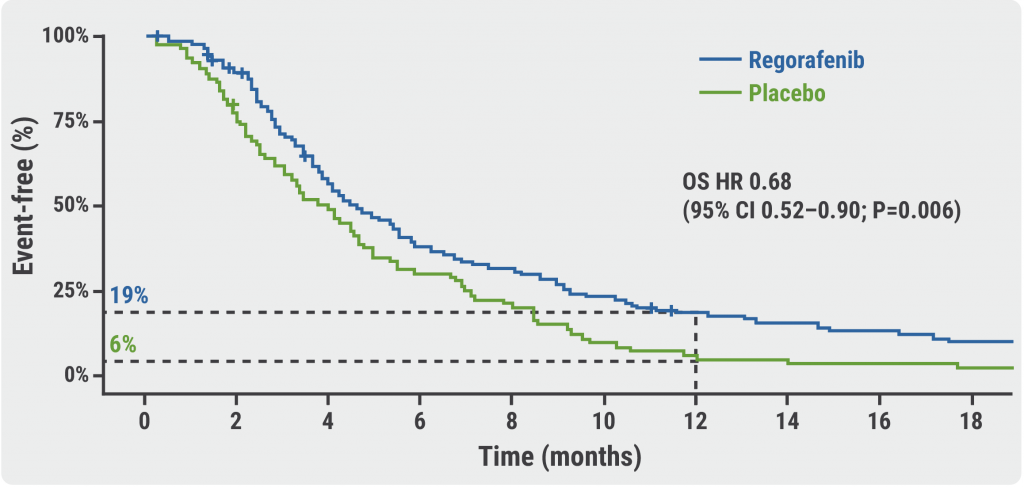The treatment involved infusing the virus, known as G207, into the tumors using as many as four catheters over a six-hour period. Half of the 12 patients also received radiation therapy within 24 hours of the infusion.
Eleven of 12 showed some type of response, researchers report in the New England Journal of Medicine. The median overall survival at data cutoff on June 5 was 12.2 months, with four surviving for at least 18 months.
In an email to Reuters Health, chief author Dr. Gregory Friedman of the University of Alabama at Birmingham told Reuters Health, "there are currently two patients alive" and the survival number remains 12.2 months.
Of the 12 children, 8 had failed at least two previous treatments and 4 had failed at least three.
"We also plan to test the therapy in children with newly-diagnosed high-grade gliomas because we believe they will be more likely to mount an immune response against the tumor," Dr. Friedman said.
The findings were presented at the American Association for Cancer Research's virtual annual meeting.
Survival odds with malignant high-grade glioma, which make up about 10% of childhood brain tumors, haven't improved in 30 years, the researchers said. Brain deficits often plague the few survivors.
The experimental treatment, an oncolytic virotherapy that uses a genetically engineered herpes simplex type 1 virus, is designed to only infect tumor cells. The virus replicates in them before destroying the cells. The modified cold-sore virus is also designed to increase the number of lymphocytes getting to the tumor. The strategy is to take tumors considered "cold" to the immune system and make them "hot."
"Most patients had a strong response to G207 despite many being heavily pretreated and having large tumors," the researchers reported.
Dr. Friedman said, "There was a dramatic increase in tumor-infiltrating lymphocytes between two and nine months after G207 infusion."
"The reason pediatric brain tumors have not responded to an immunotherapy like checkpoint inhibitors, which have been used effectively in a variety of adult solid tumors, is because pediatric tumors are typically 'cold' and lack immune cells in the tumor to attack the tumor. Even if the brakes are released on the immune system by a checkpoint inhibitor, the lack of immune cells in the tumor prevents a response," Dr. Friedman said in his email.
"By turning pediatric high-grade gliomas 'hot' and initiating an immune response, G207 creates an inflammatory tumor environment that we believe will be very responsive to checkpoint inhibitors. So, future studies will incorporate checkpoint inhibition," he said.
It's not clear if the addition of radiation therapy made a difference.
The researchers said they didn't see any serious adverse events linked to the treatment. The effects that were seen received a grade 1 rating.
The open-label study was also done at Nationwide Children's Hospital in Columbus, Ohio.
The researchers hope to initiate a phase-2 trial later this year. A second-generation virus is currently being tested.
Aettis, Inc. provided the study drug G207 at no cost. The University of Alabama at Birmingham has ownership interest in Aettis.
SOURCE: https://bit.ly/2OsL4O6 The New England Journal of Medicine, online April 10, 2021
By Gene Emery
Posted on
Previous Article
« Novel genomic alterations in circulating tumor cells tied to castrate-resistant prostate cancer Next Article
Pediatric neuroblastoma may be inherited more often than thought »
« Novel genomic alterations in circulating tumor cells tied to castrate-resistant prostate cancer Next Article
Pediatric neuroblastoma may be inherited more often than thought »
Related Articles
September 16, 2021
U.S. FDA approves Takeda’s lung cancer therapy

© 2024 Medicom Medical Publishers. All rights reserved. Terms and Conditions | Privacy Policy

